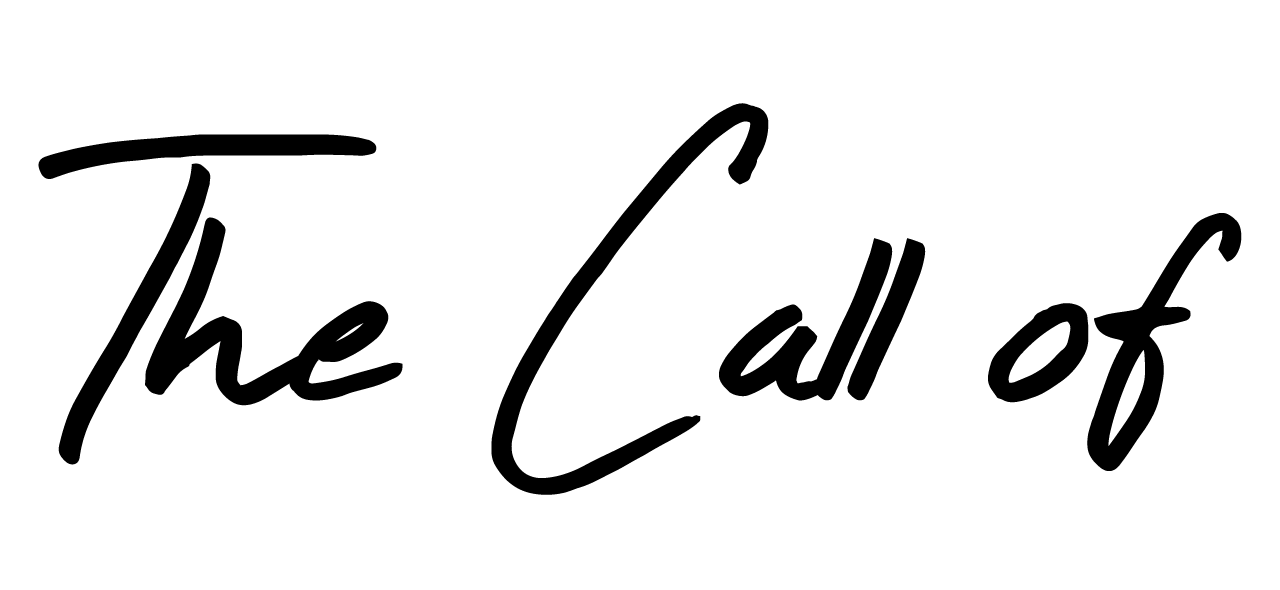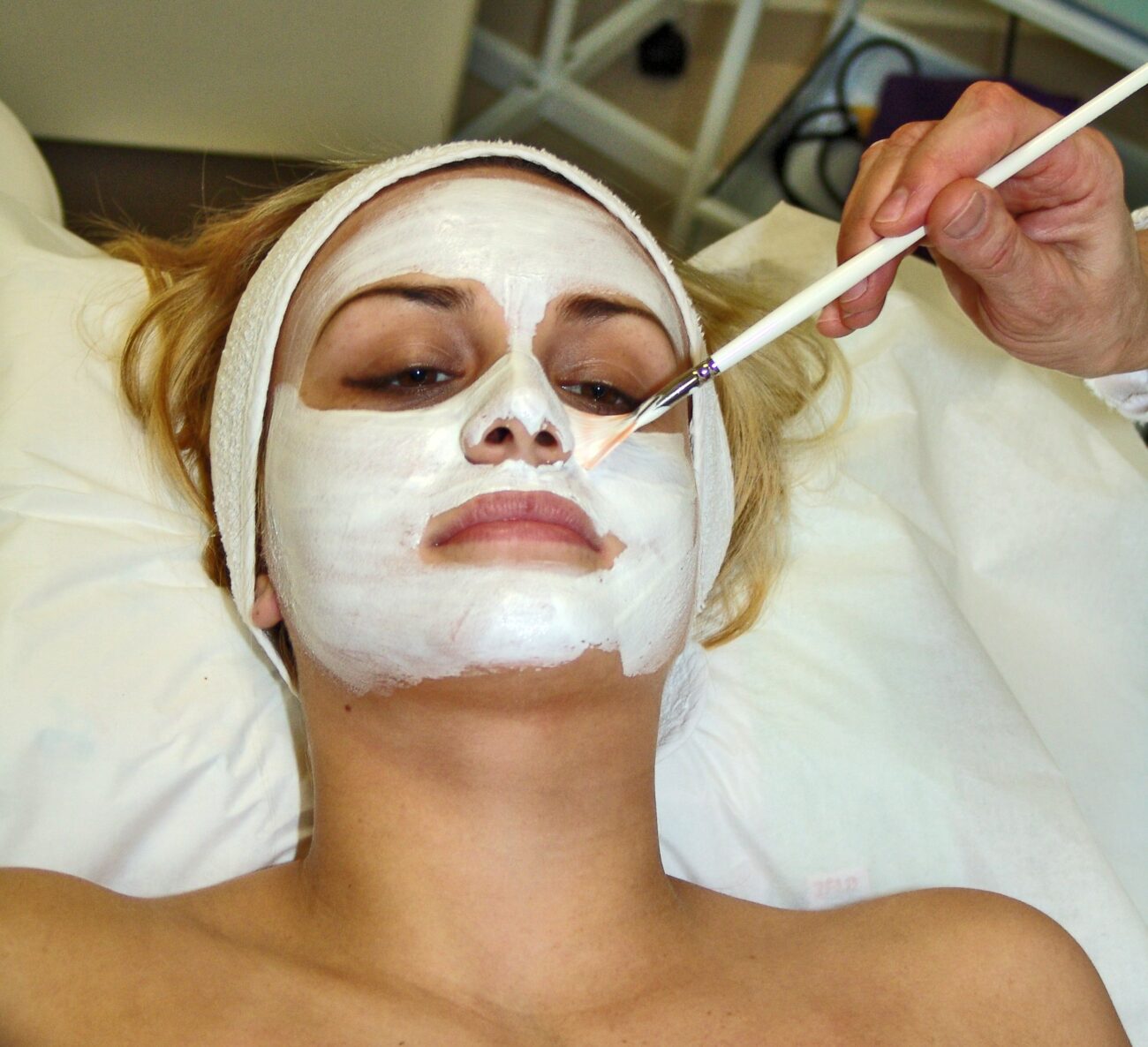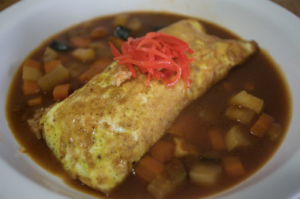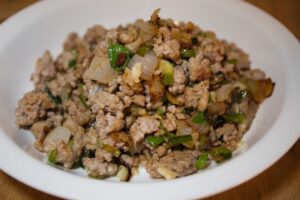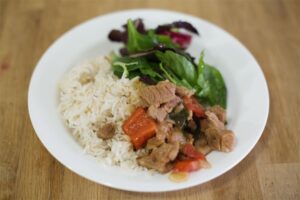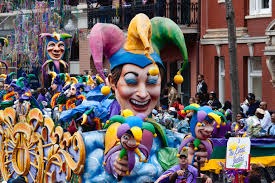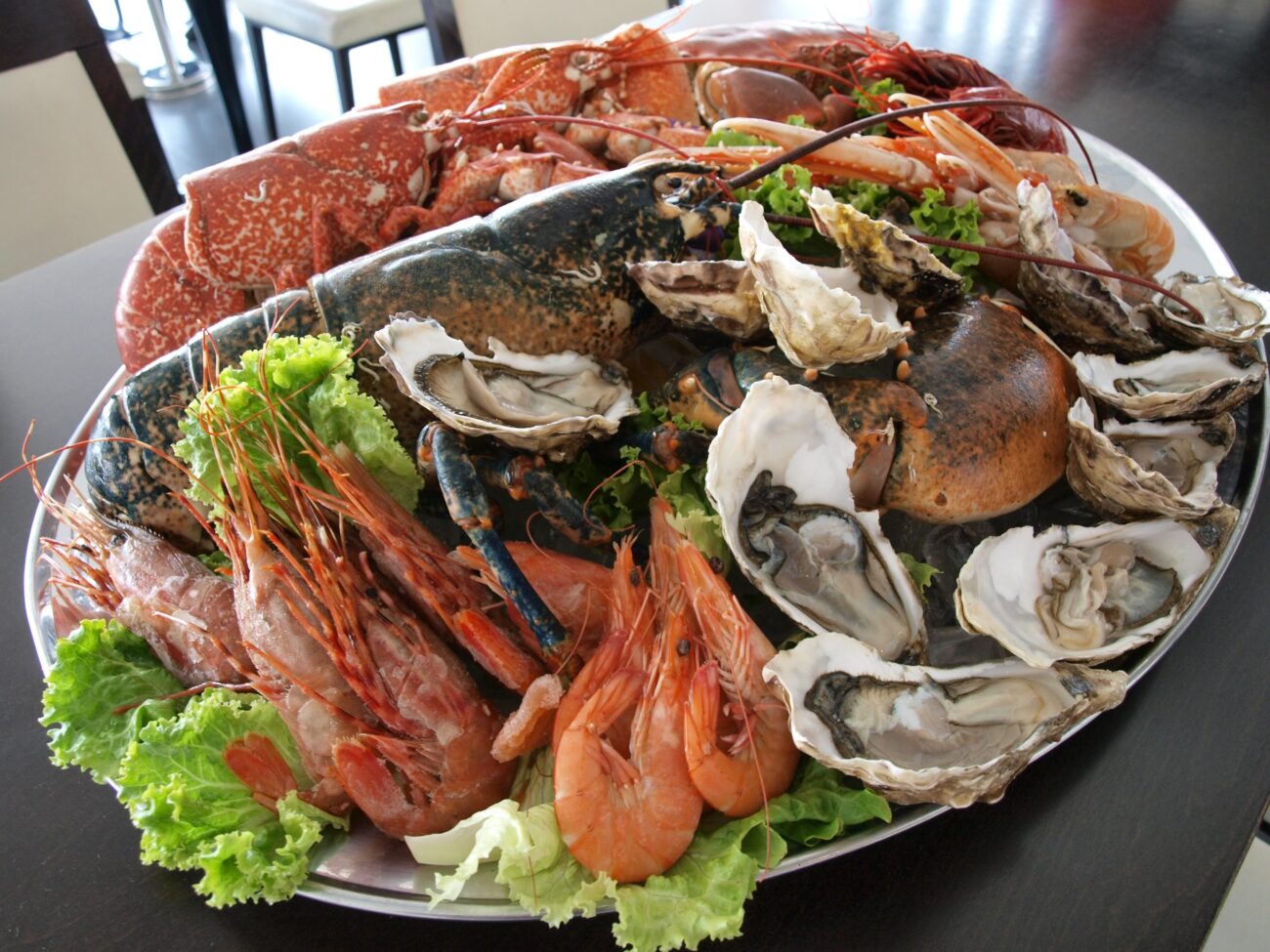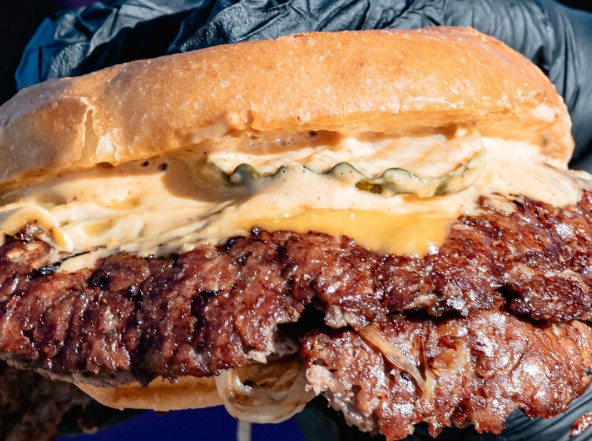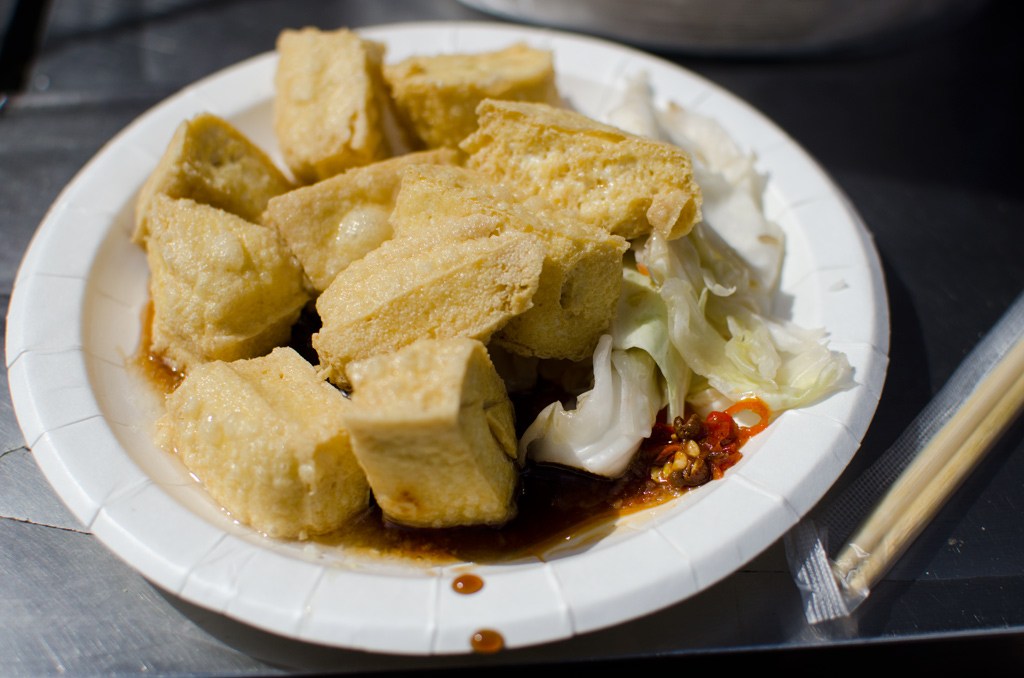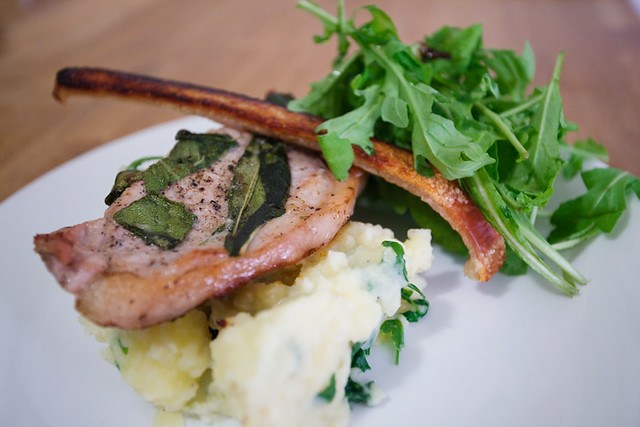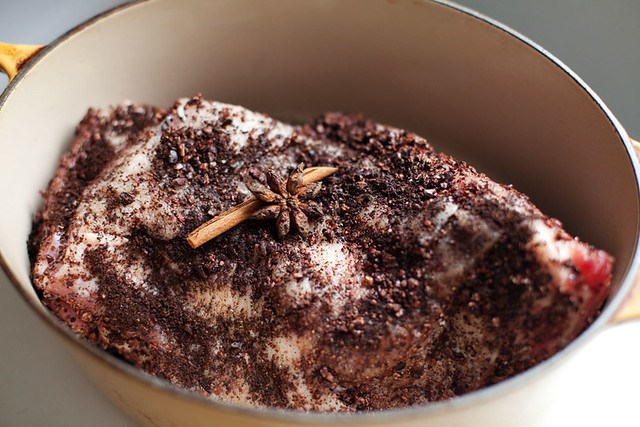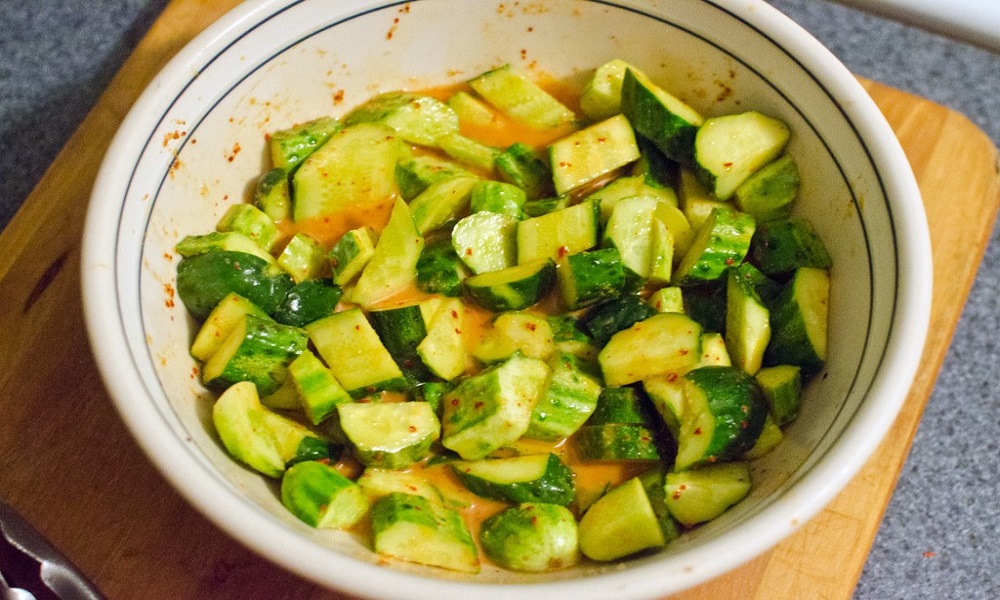No government agency defines what “clean” means in cosmetics. That $45 face serum promising “clean, non-toxic ingredients”? The label means absolutely nothing from a regulatory standpoint. The FDA, EU authorities, and virtually every global regulatory body refuse to define “clean beauty”—leaving brands free to slap the term on anything they want.
This isn’t oversight. It’s intentional marketing freedom that exploits your trust. Each company creates its own “clean” criteria, often contradicting competitors while claiming moral superiority. One brand’s “toxic” ingredient becomes another’s hero component, all under the same virtuous “clean” umbrella.
The result resembles a beauty store version of the Wild West, where sheriff badges are self-appointed and every outlaw claims to be the good guy.
Fear Sells Better Than Facts
Brands profit by making you afraid of perfectly safe ingredients.
Your anxiety about chemical-sounding names drives billions in “clean” beauty sales. Companies deliberately target women with fear-based messaging, suggesting that traditional products harbor dangerous substances while their alternatives offer protection.
Here’s the reality check: poison ivy is completely natural. Synthetic doesn’t mean unsafe—many lab-created ingredients undergo more rigorous testing than their botanical counterparts.
“Clean” marketing specifically exploits chemophobia, turning routine skincare purchases into moral decisions. You’re not buying moisturizer anymore; you’re choosing between safety and danger, virtue and toxicity.
Key manipulation tactics to recognize:
- Ingredient blacklists based on advocacy groups, not scientific consensus
- “Chemical-free” claims (everything is made of chemicals, including water)
- Premium pricing justified by supposed purity
- Natural origin stories that ignore actual safety data
- Fear-mongering about widely-accepted safe ingredients
The markup for peace of mind can reach 200%, even when the “clean” product contains the same active ingredients as conventional alternatives.
Real safety comes from toxicological assessment—concentration, exposure levels, and usage patterns matter more than ingredient origin stories. When you want genuine verification, look for third-party certifications like EWG Verified, USDA Organic, or COSMOS standards. These require actual auditing, not just marketing promises.
Skip the virtue signaling and focus on transparency. Read ingredient lists, question premium prices, and seek products with legitimate certifications. Your skin—and wallet—deserve honesty, not manipulation disguised as wellness.

